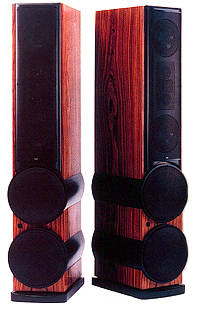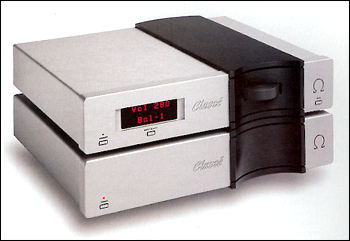Philips Announces New Chips for CD Players
Last week, <A HREF="http://www.semiconductors.com/">Philips Semiconductors</A> announced the CD10 chipset, which the company describes as the world's first two-chip solution to deliver CD-RW (compact disc, re-writeable) compatibility for CD audio players. According to Philips, one chip provides a data amplifier and laser supply circuit, while the other is the digital servo, decoder, and DAC. As a result, Philips claims that the new chipset allows designers to build audio players that can read all forms of CDs without an increase in component count.


